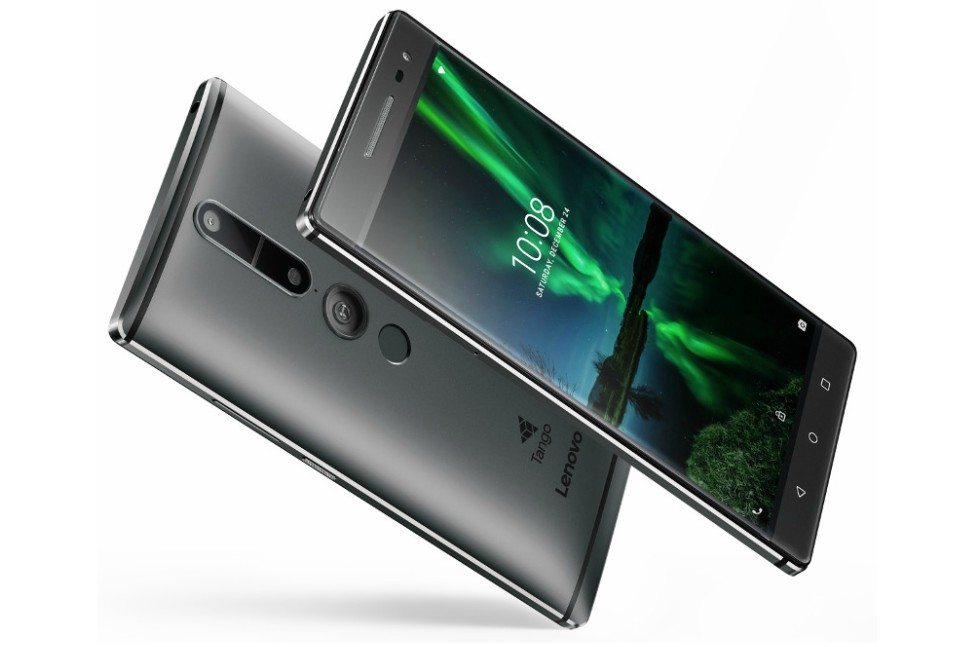Google has just unveiled its virtual reality headset, called the Daydream View. The $80 wearable works with a compatible smartphone and a motion-sensing remote control to offer VR movies, apps, and games. Now, the company’s other VR initiative, Project Tango, is about to be released. The first Tango smartphone, Lenovo Phab 2 Pro will be launched in November.

Lenovo Phab 2 Pro was showcased at the Tech World conference, earlier this year. It was supposed to be released this summer but was quietly pushed till fall. The new device will allow you to do cool stuff like map your room in 3D and experience it in VR. According to Google’s VR head Clay Bavor, the company ready to launch its Tango-powered smartphone in November. The Phab2 Pro is expected to cost $499 in the United States.
Tango, previously known as Project Tango, is a ‘computer vision technology platform built for mobile devices.’ It brings augmented reality to your smartphones by using an array of sensors and depth-sensing cameras. The tech allows you to map your surroundings and create an accurate 3D model of the same. This works perfectly for VR as Tango applications are spatially aware. Users will be able to interact with their surroundings like never before. The Tango modules can map a room in multiple dimensions simultaneously. Tango has been under development within Google’s Advanced Technology and Projects lab since 2014.
Lenovo has compressed the new technology onto a 6.4-inch phablet. The Phab 2 Pro comes with a 16MP sensor, a depth-sensing IR camera, and a motion tracking camera. The tech offers sub-inch accuracy for Tango’s motion tracking, area learning, and depth perception.
As far as specifications are concerned, the Lenovo Phab 2 Pro sports a 6.4-inch display with QHD resolution. It is powered by Snapdragon 652 processor(optimized for Tango) along with 4GB of RAM and 64GB internal storage. It is backed by a huge 4,050 mAh battery. The new smartphone is not compatible with the Daydream View VR as it doesn’t feature an AMOLED display.
Google plans to introduce new tools for developers, video game programmers, and even grocery store chains with augmented reality apps. The company has established an incubator for the advancement of Tango applications. It has partnered with several tech companies to develop new technology to support the Project Tango. Qualcomm has already announced a heterogeneous processing technique that re-purposes the specialized image and audio co-processors in smartphones for other tasks.
